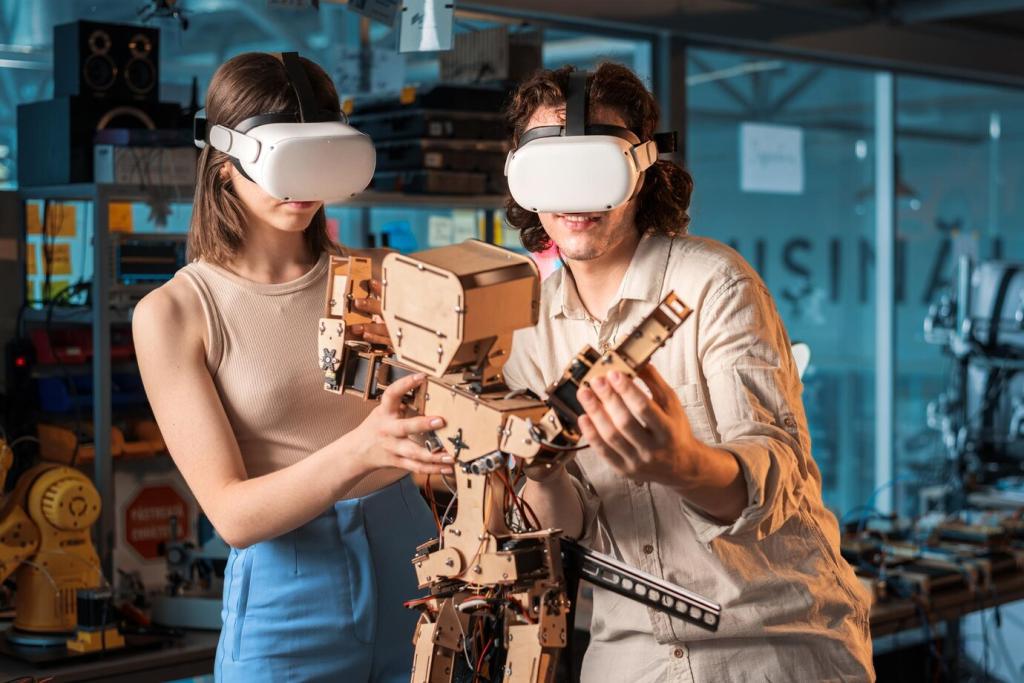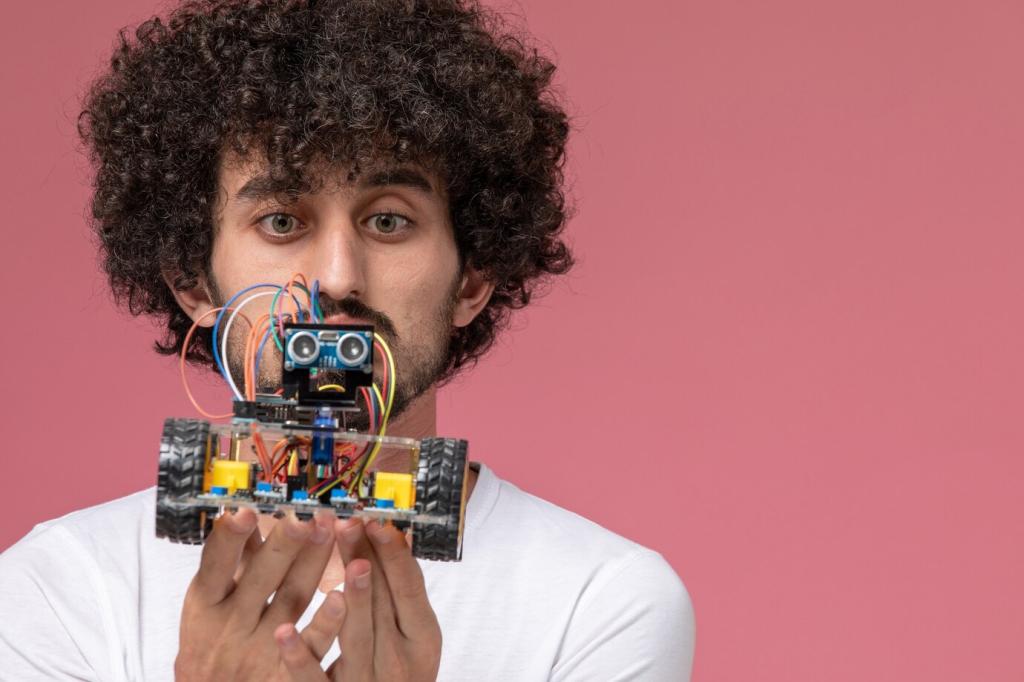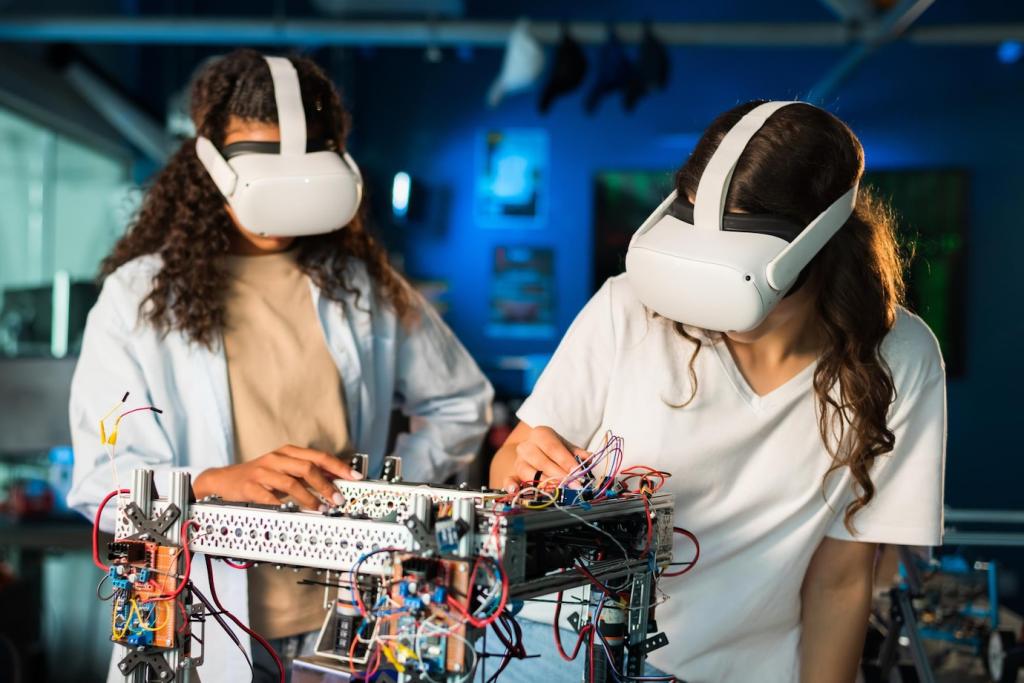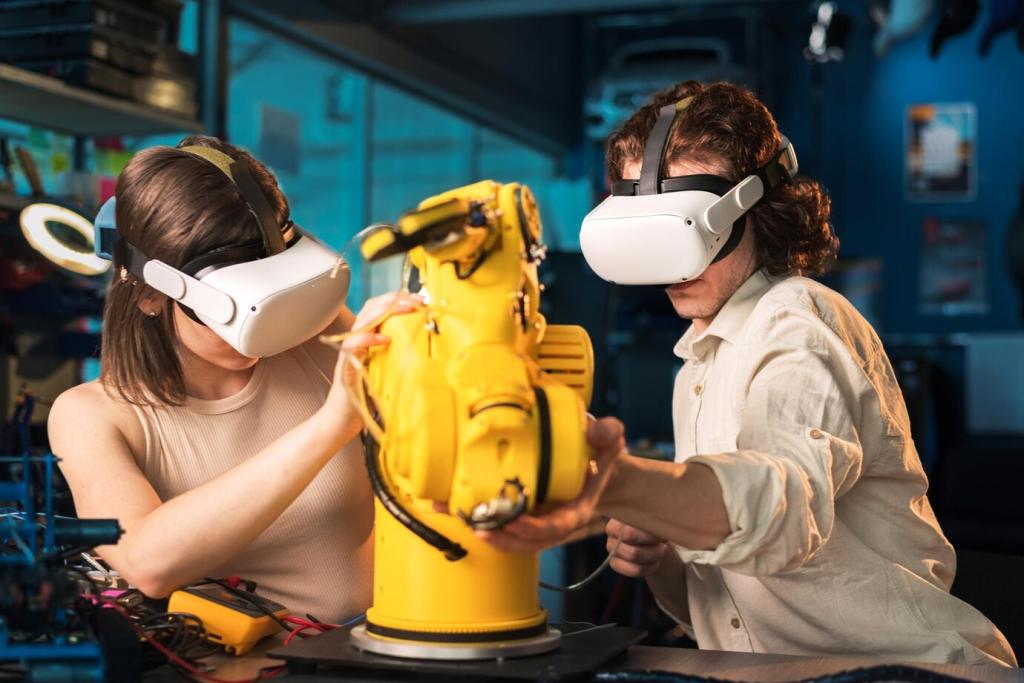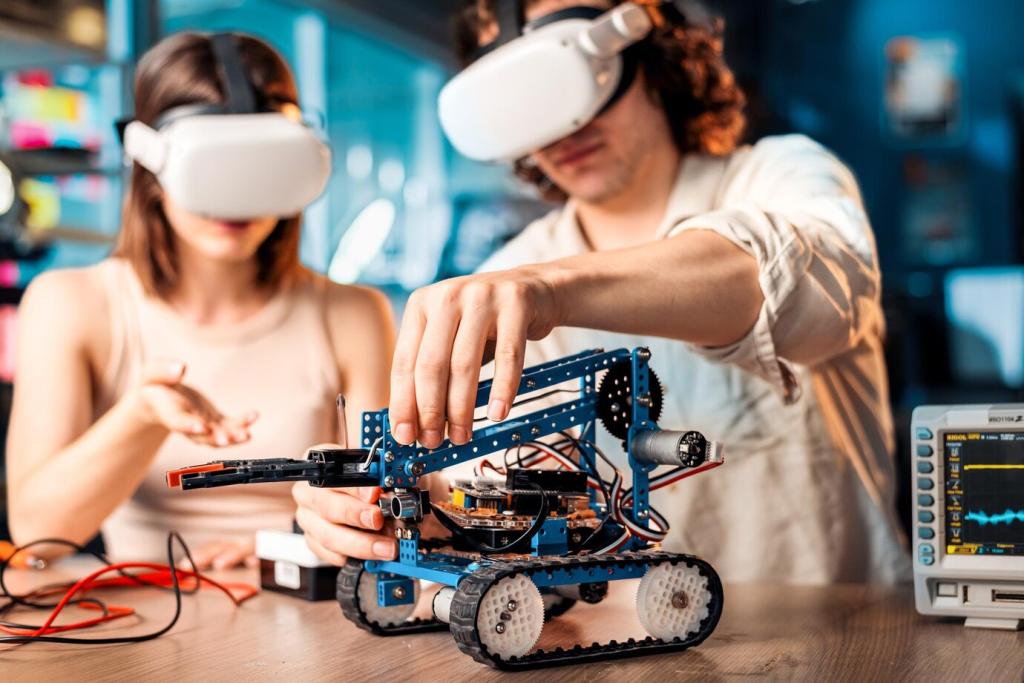Safety, Complexity, and Design: Matching Kits to Ages
Large, snap-fit pieces suit small hands and reduce choking risk, while older builders can manage tiny screws and gears. Tell us which form factor worked at your table, and subscribe for our durability checklists.
Safety, Complexity, and Design: Matching Kits to Ages
Younger kits should favor low-voltage batteries and tool-free assembly. Teens can safely handle soldering and multi-cell packs with supervision. Share your setup tips, and follow for printable safety posters by age band.

